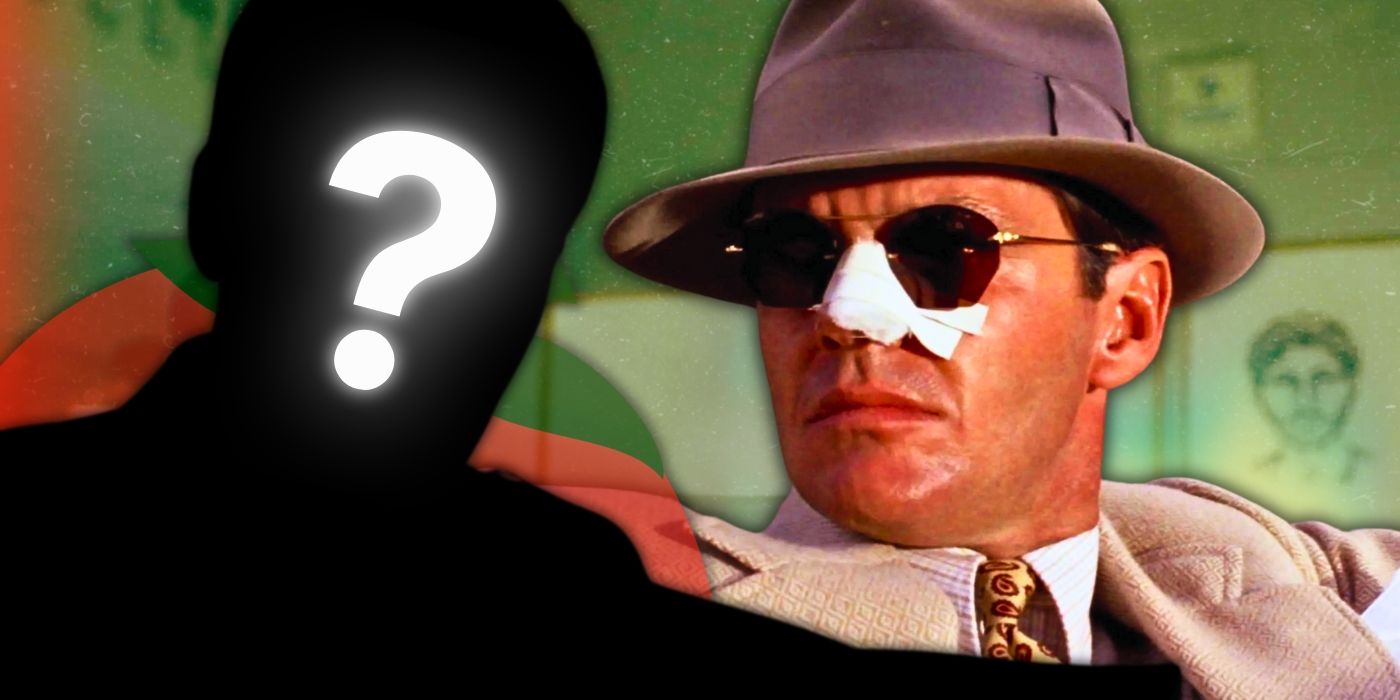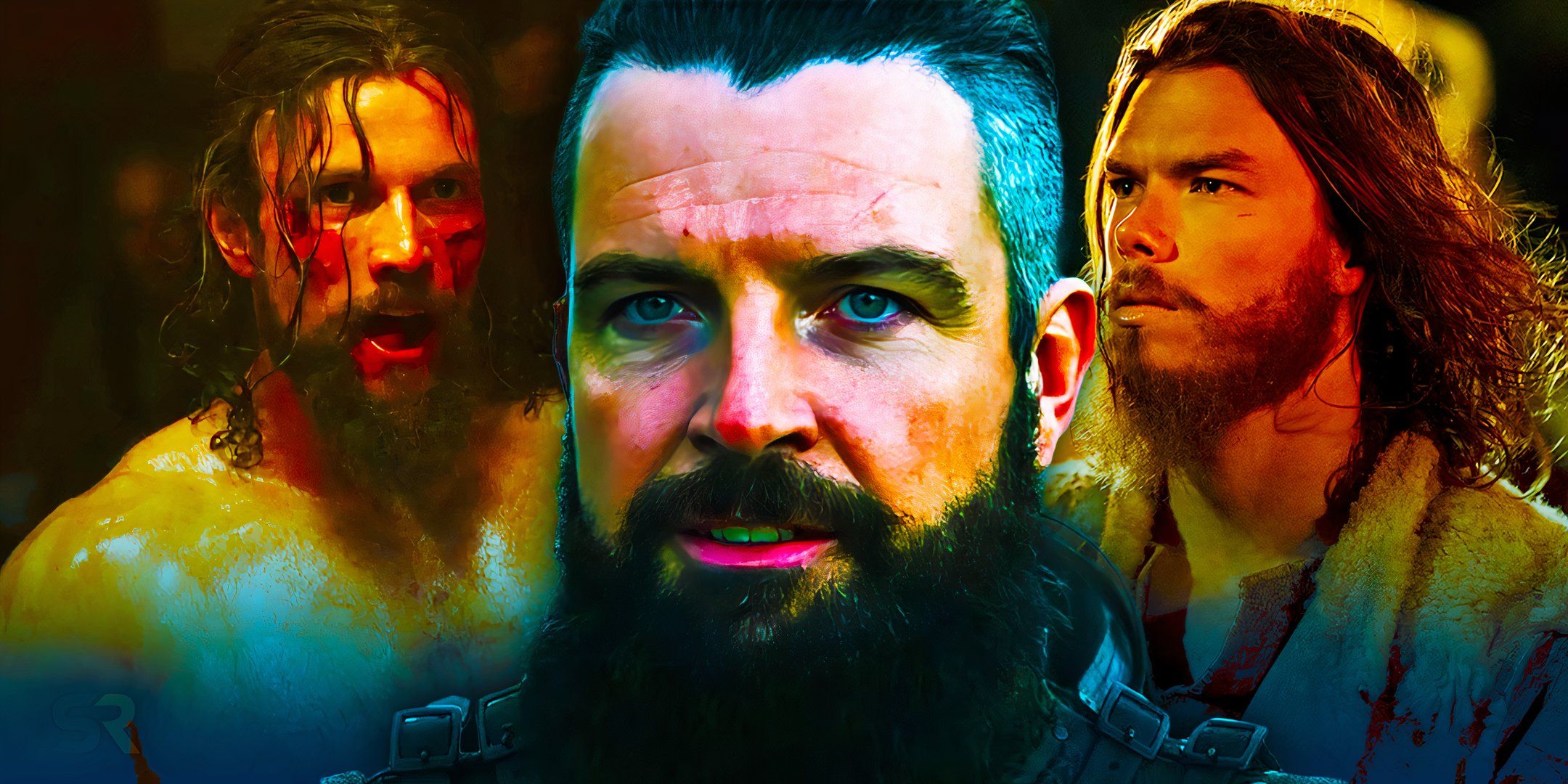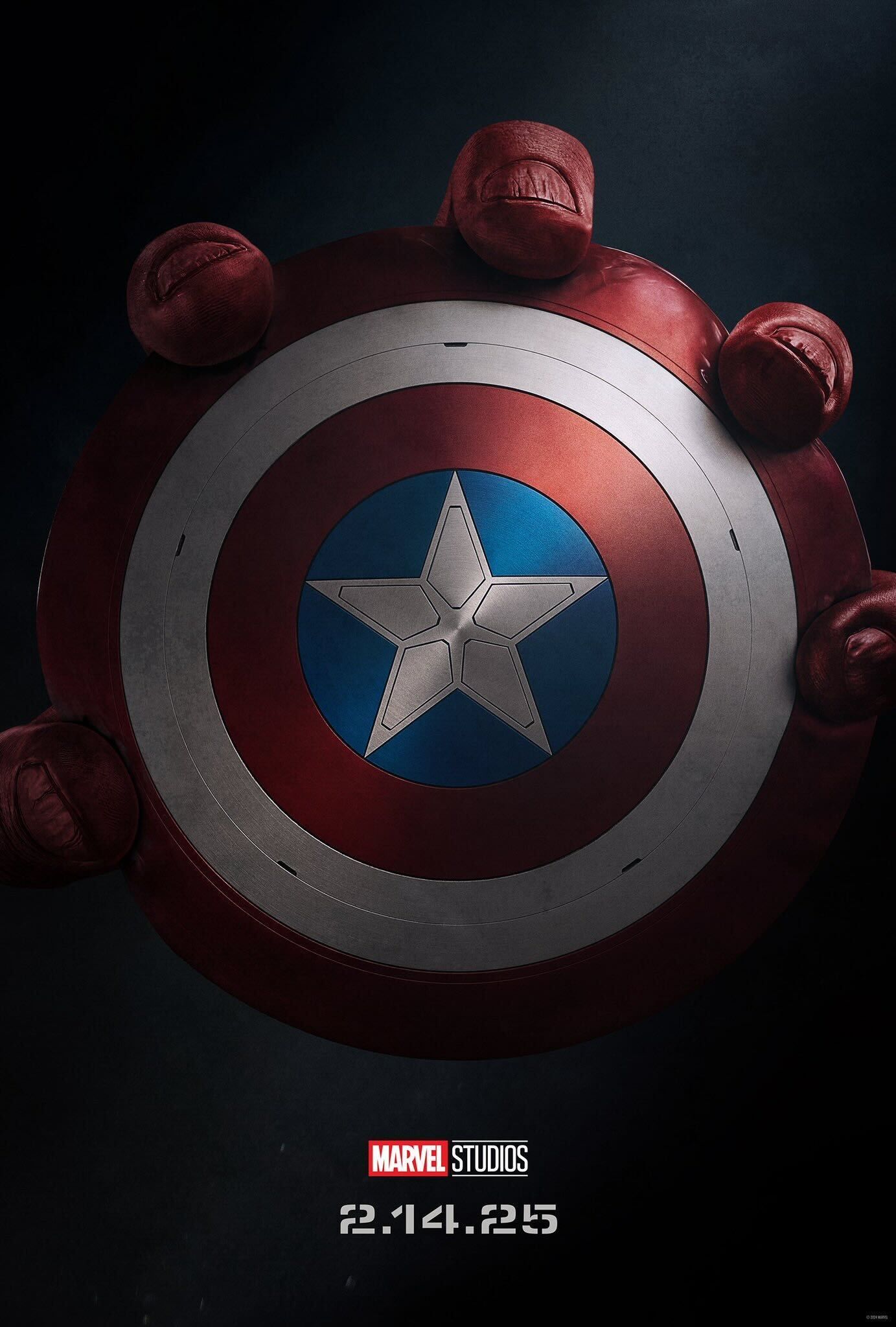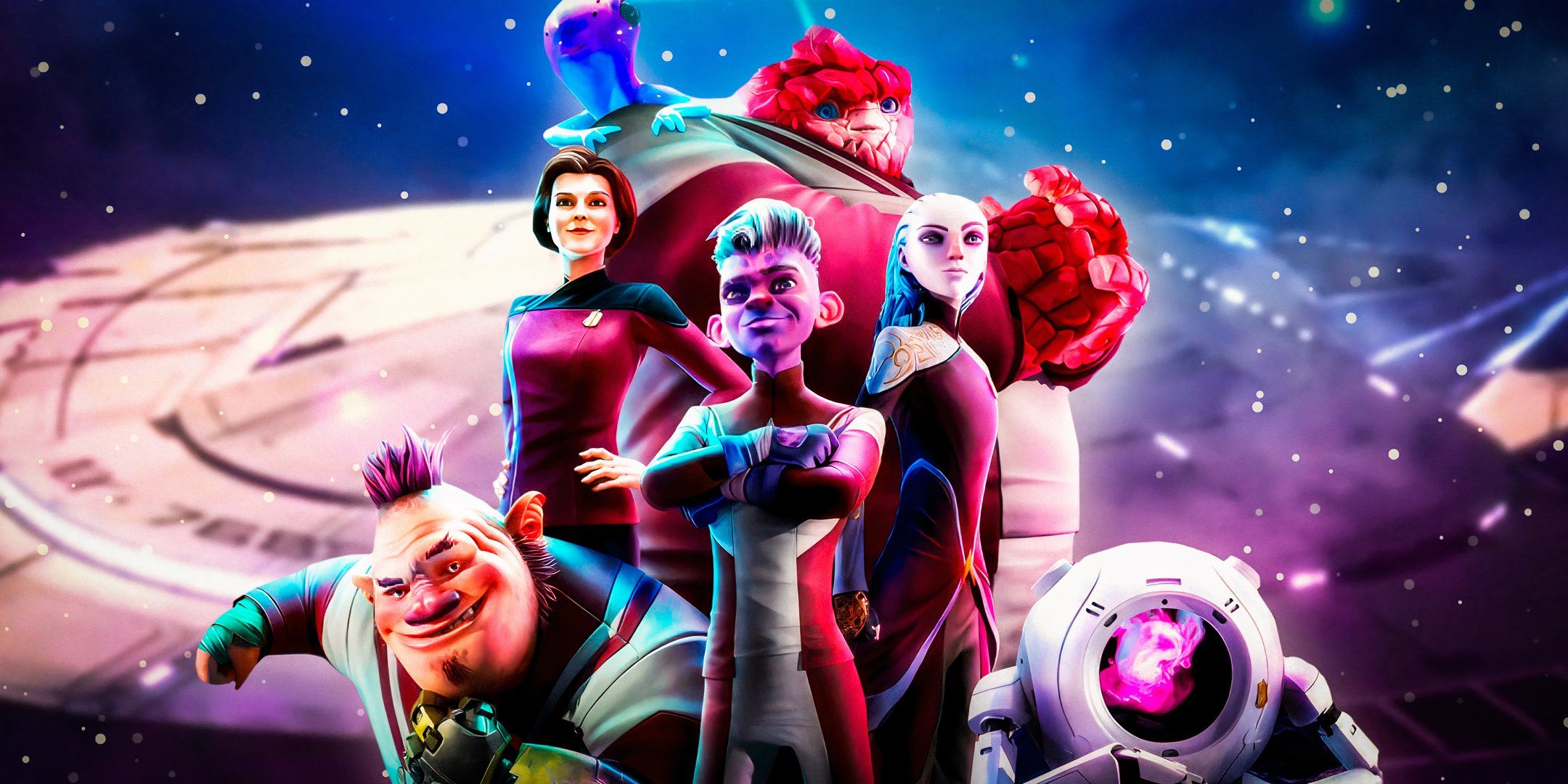Content Warning: Major SPOILERS For DC Films’ The Batman Are Discussed In This Article.
Matt Reeves and Robert Pattinson’s take on The Batman is a loving homage to the character’s vast comic book source material. The movie manages to tell a story that’s simultaneously fresh compared to what fans have seen before while keeping the spirit of what makes the Dark Knight so beloved from the comics.
Peppered throughout the movie were easter eggs and references that were nods to different Batman works. These nods ranged from fun winks that longtime fans would recognize to ones that were fashioned into important plot points for the movie. Beyond that, even fans of the Arkham video game series were given a clear reference that was tastefully implemented into this world.
“Detective Vision” Lenses
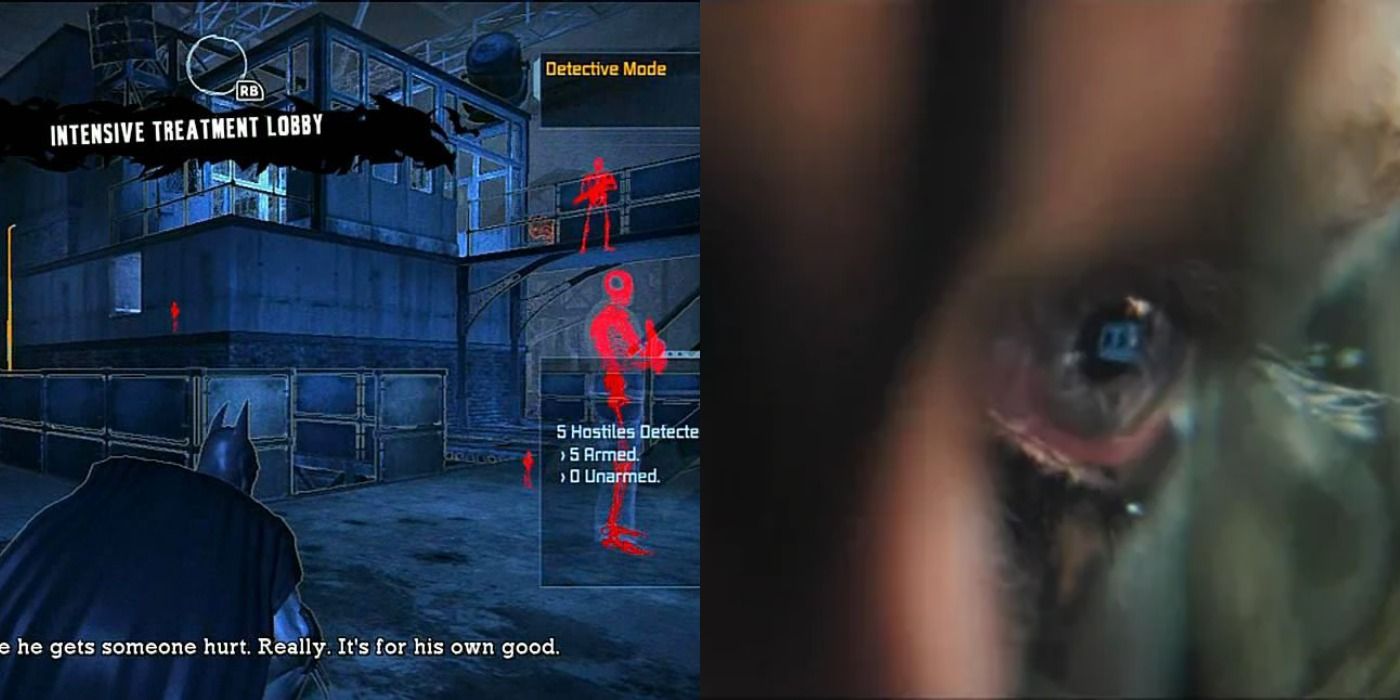
For many fans who’ve yet to play the Rocksteady and WB Games Montréal Arkham series, they’re arguably the best games to play after watching The Batman. Early on in the movie, it’s shown to audiences that the World’s Greatest Detective wears special contact lenses when he’s out in the field. Particularly when it comes to investigating crime scenes, his contacts connect to his computer in the cave to feed him information in real-time.
It’s an incredibly useful tool for a detective to have and seamlessly integrated into the gritty context of Reeves’ world. This appears to be a reference to the Arkham games, as a key gameplay mechanic for Batman was to switch between normal and “Detective Vision” to uncover clues and analyze enemies.
Alfred’s Military Training
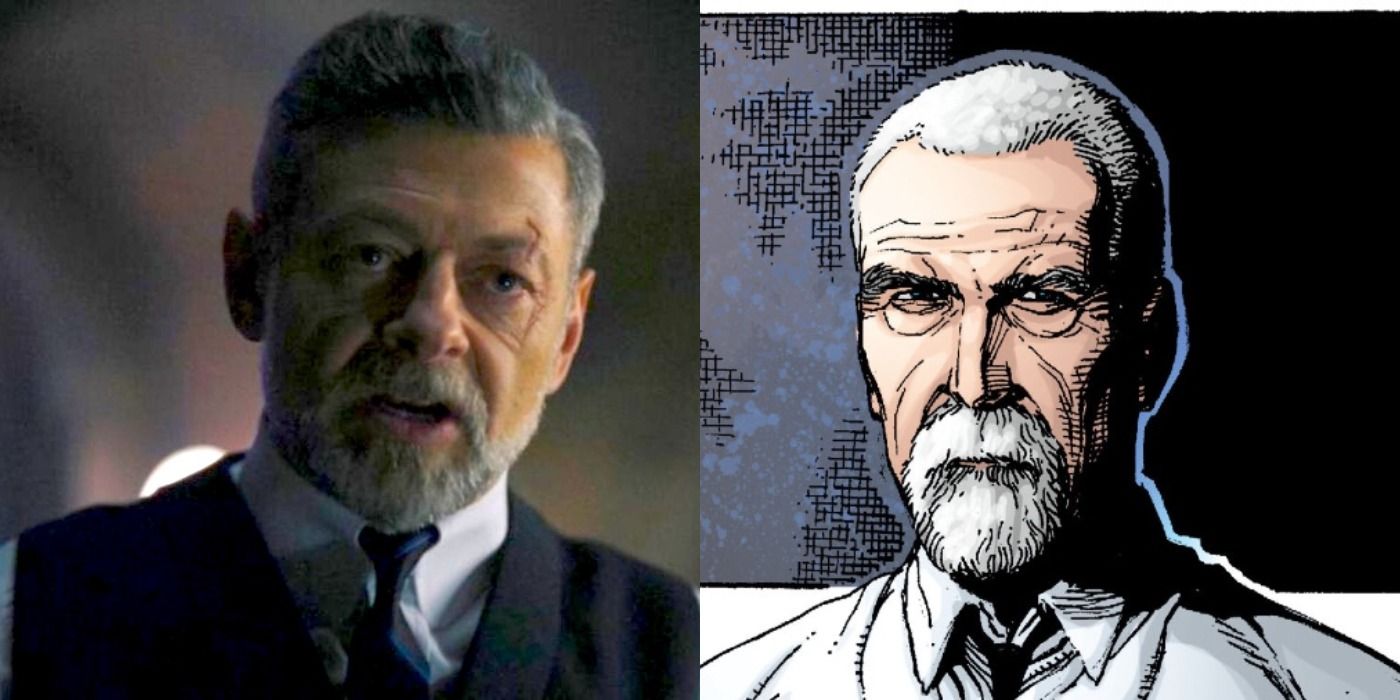
In the two years that this Bruce Wayne has been Batman, it’s made clear that his relationship with Alfred Pennyworth has been strained. Many fans would reasonably argue that he’s Batman’s most important relationship in the comics, but that doesn’t come without some tough development first.
The Batman‘s rendition of Alfred looks to take a page from writer Geoff Johns and artist Gary Frank’s Earth One, as the butler is a battle-hardened British military veteran. Both characters’ complex experiences and personalities make it difficult for them to connect, and Alfred even mentions in the movie that he’d tried to train him in combat to help him. It’s still a more conventional, subdued version than the Alfred in that comic, but an homage nonetheless.
The Penguin Waddling After Being Tied Up
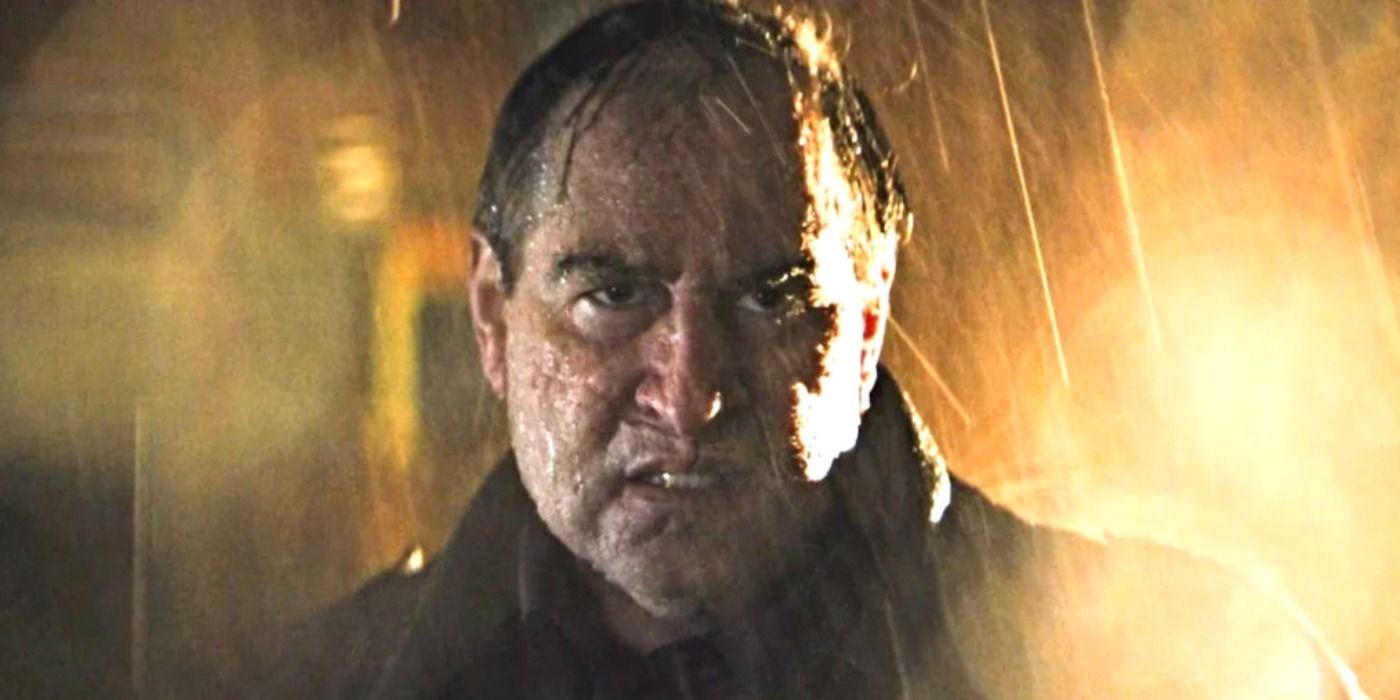
Even though The Batman is a gritty, hard-boiled detective-thriller, the movie has several welcome moments of tastefully done comic relief. One of those moments naturally came with Colin Farrell’s transformative iteration of Oswald Cobblepot/the Penguin. His performance did well to capture the grimy, conniving nature of the villain while incorporating some dark humor that Farrell is so famous for in other movies.
After Batman goes on a thrilling car chase to catch the wannabe mob boss, he and Gordon interrogate him to find out if he’s the informant Riddler is referring to. Once that turns out to not be the case, they leave the scene with Penguin still tied up, with the scene closing on him waddling after them — like a penguin.
Thomas Wayne Having Saved Falcone’s Life
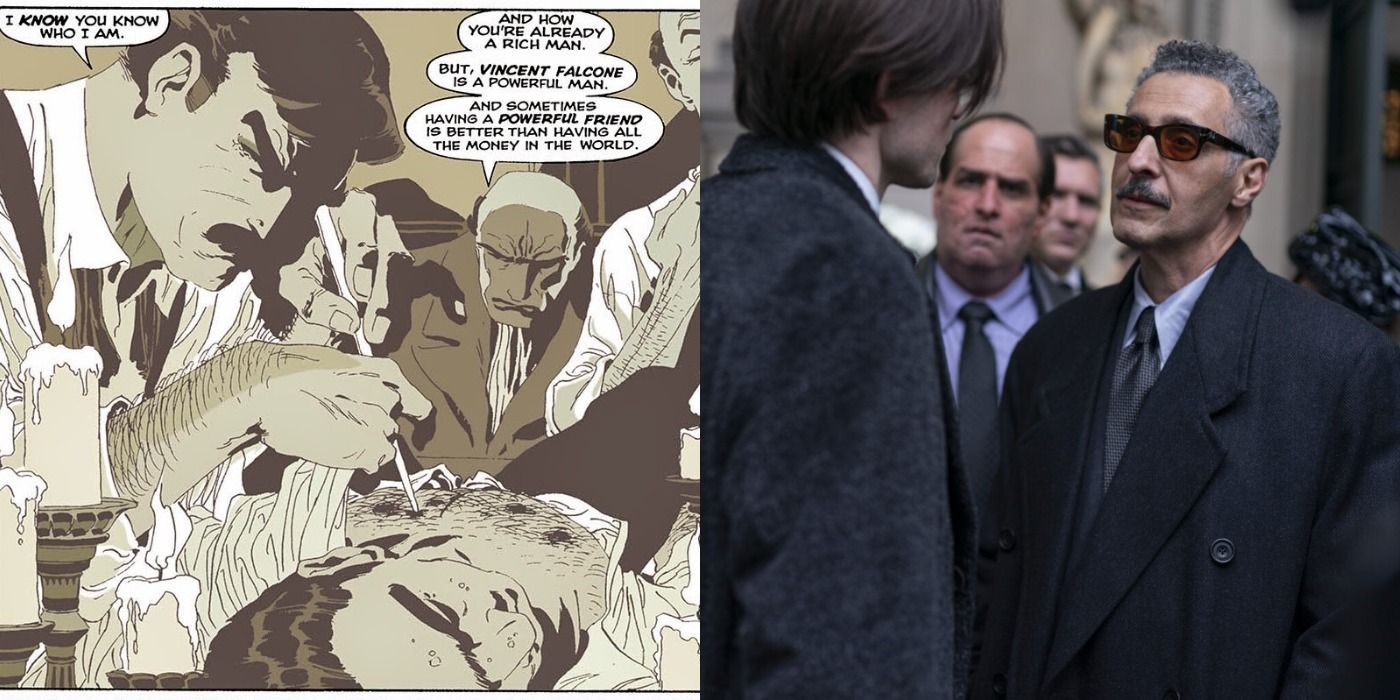
Given how important Carmine “The Roman” Falcone ended up being to the plot of The Batman, it’s no wonder that Jeph Loeb and Tim Sale’s The Long Halloween was a crucial piece of inspiration. The mid-late ’90s comic was one of the most influential Batman stories and was also the most important arc featuring Falcone in an antagonistic role.
During D.A. Gil Coleson’s funeral scene conversation between Bruce and the mob boss, the latter talks about how Thomas Wayne saved his life decades ago. This is a reference to a flashback in The Long Halloween where Falcone Sr. rushes him to Wayne Manor, hoping that Thomas would honor his Hippocratic oath and discreetly do surgery on him.
Edward Elliot & “Hush”
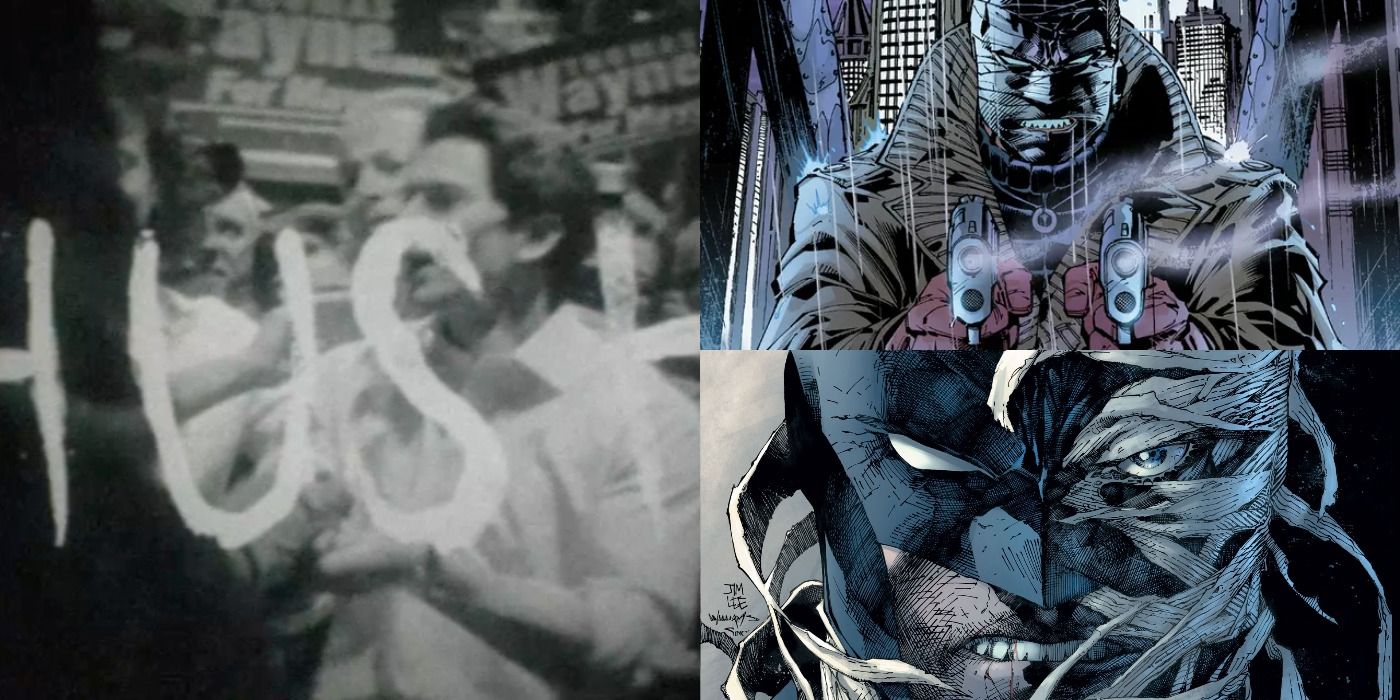
A reference that has the potential to be more than an easter egg and develop into a core narrative device in a sequel is the journalist Edward Elliot. Once the Riddler reveals Carmine Falcone had him killed so he wouldn’t expose Thomas and Martha Wayne’s private matters, the word “Hush!” appears after Elliot’s name.
This is referencing the supervillain and famous comic book arc of the same name by Loeb and artist Jim Lee, in which Thomas Elliot takes on the Hush persona to carry out a vendetta against Bruce Wayne. It was one of the best Batman comic arcs of the 2000s, and its titular rogue makes a strong case for tonally fitting in Reeves’ blossoming Bat-verse. “Tommy” could easily be worked in as Edward Elliot’s son.
Martha Wayne’s Mental Illness
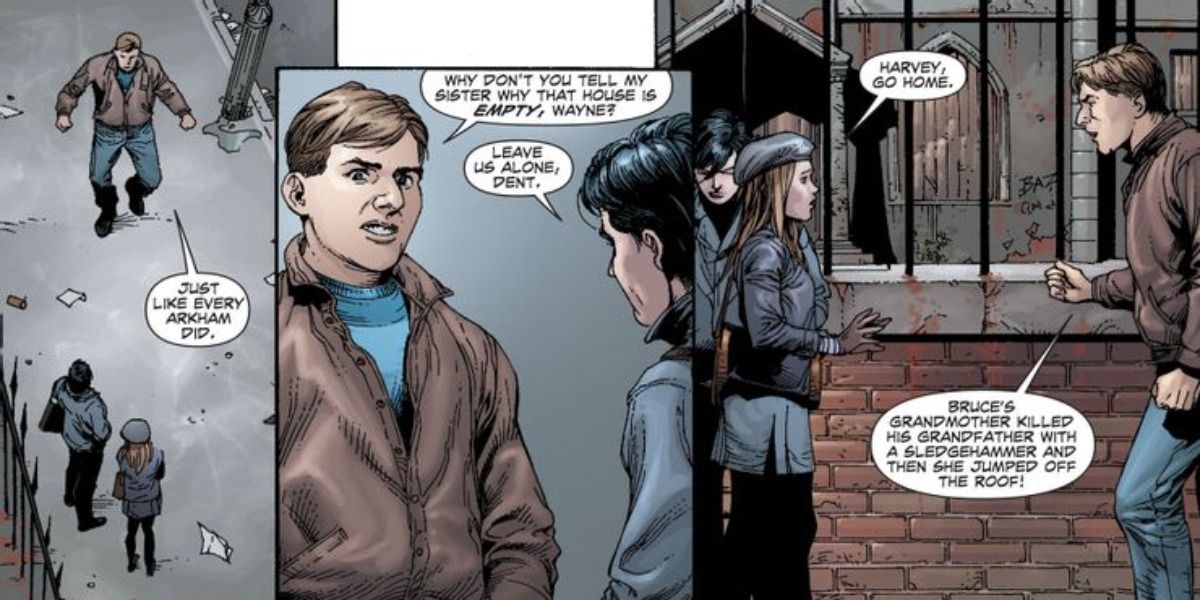
Tying back to the aforementioned Earth One is how The Batman made Martha Wayne’s troubled mental health a part of the mystery. The secret that Thomas was so desperate to keep buried was Martha having to be admitted several times into Arkham State Hospital.
Should Falcone be believed at all, Edward Elliot was on Salvatore Maroni’s payroll and was looking to expose this secret to ruin Thomas’ mayoral campaign. Of course, through Alfred’s account, Thomas did go to Falcone for help but never intended to have the journalist assassinated. Nonetheless, this was a piece of Earth One‘s lore where Martha was part of the shunned Arkham family for the mental instability.
Carmine “The Roman” Falcone Being Selina’s Father
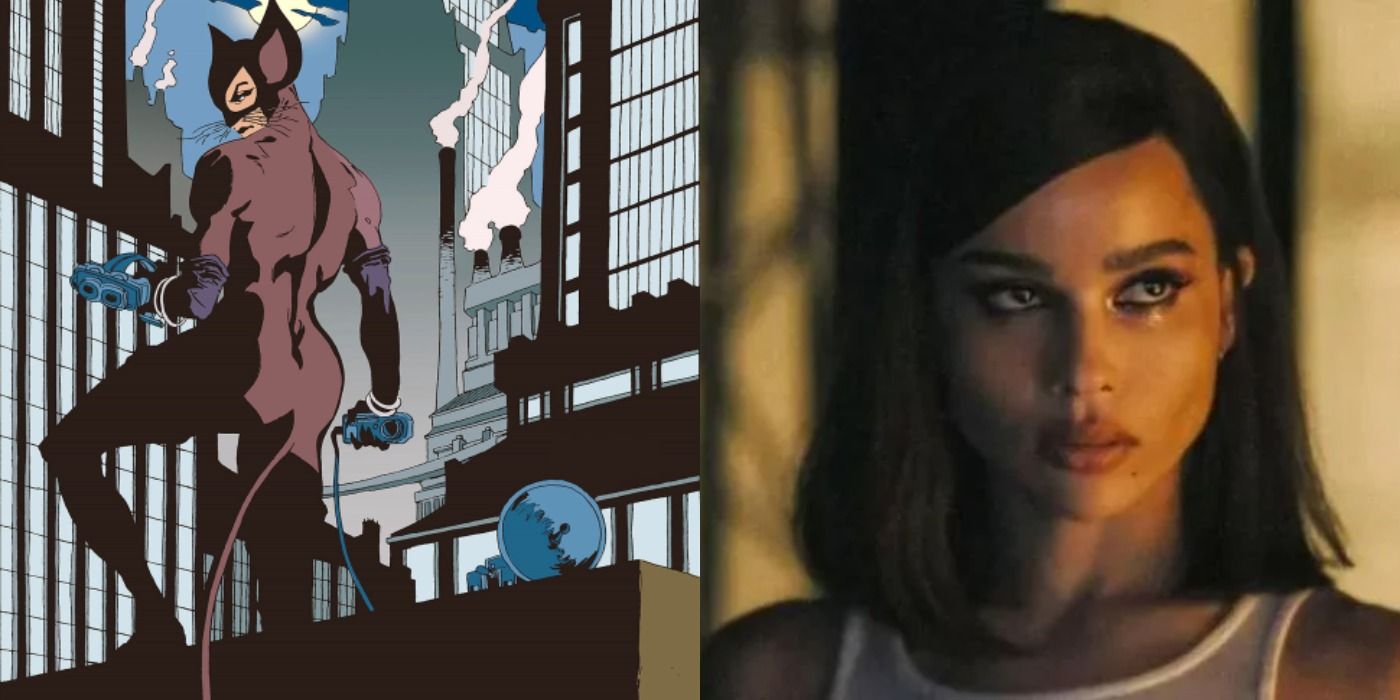
Aside from Carmine Falcone playing a pivotal role in the grander mystery as the “rata alada” and in Bruce’s life, he was a massive part of Selina Kyle’s tumultuous life and upbringing. Initially, Batman suspects Catwoman of having a criminal relationship with Falcone, but it was a hostile one on her end — and with good reason.
The revelation that he’s Selina’s father, and murdered both her mother and girlfriend, was partly influenced by The Long Halloween, Dark Victory, and When in Rome. The former comic sees Batman suspicious of her interest in the case, with the Cat Burglar later traveling to Italy off-screen in Dark Victory, which leads into When in Rome, to find evidence of this and her biological mother.
The Riddler Flooding Gotham City
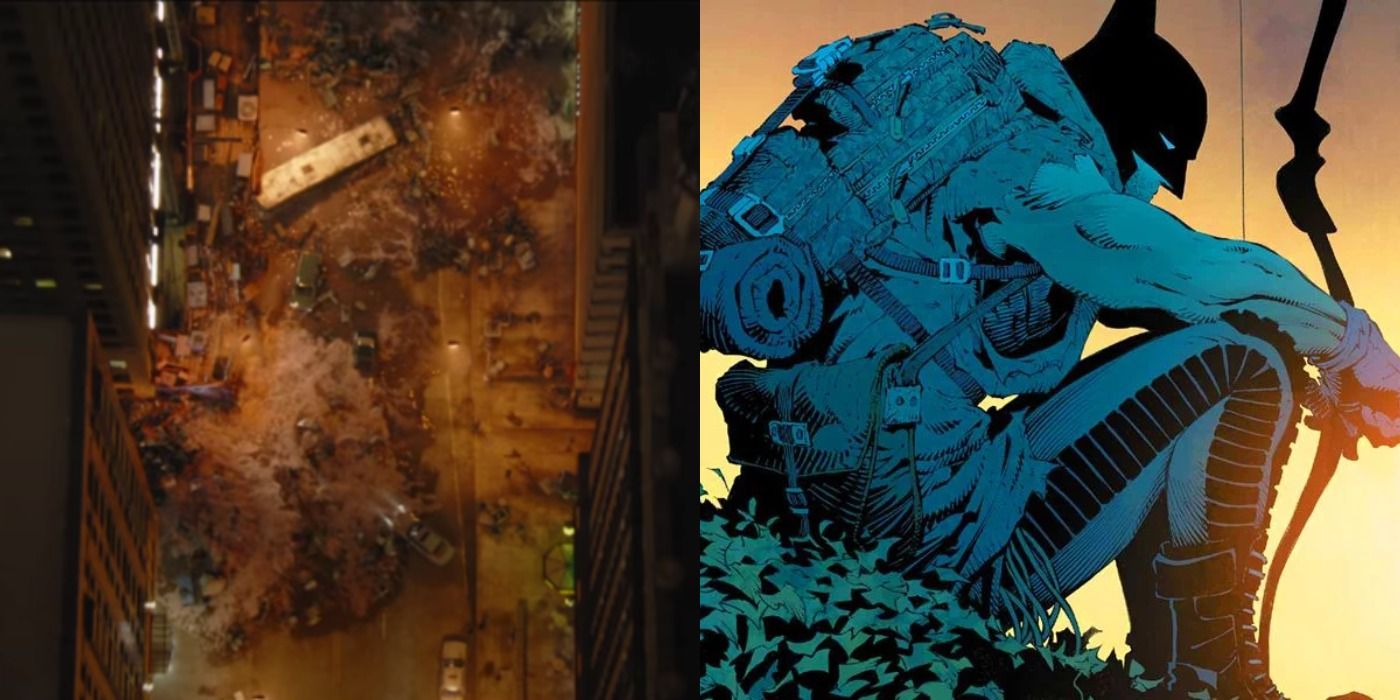
The explosive climax of the Riddler’s master plan was also reminiscent of Scott Snyder and Greg Capullo’s Zero Year arc. While running Batman and Gordon ragged chasing leads, the villain set up car bombs to destroy the city’s seawalls and cause flash floods.
Zero Year was a rebooted origin story of the Dark Knight’s early years up against the Riddler, with the latter turning Gotham City into a desolate urban jungle under his control. Part of what he did to plunge Gotham into this newfound darkness was to flood it and leave it to the ensuing city-wide blackouts.
Gotham Being Turned Over To Martial Law
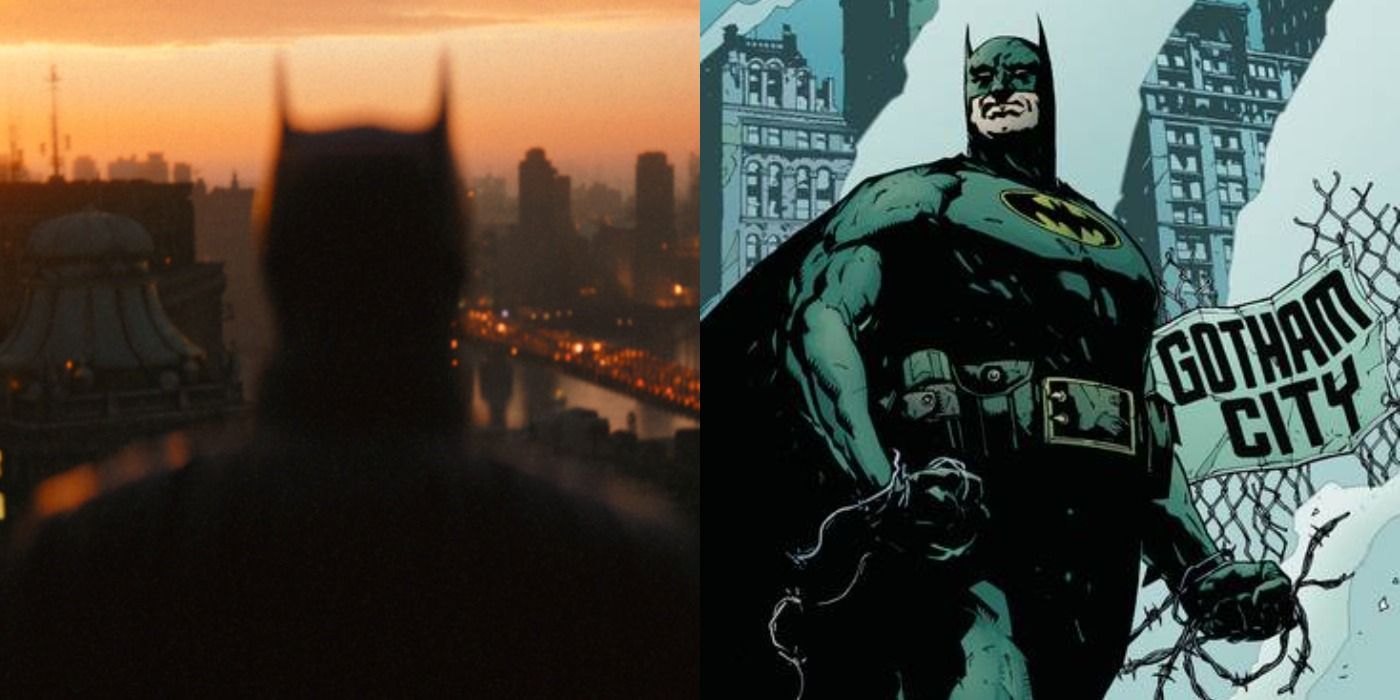
Going hand-in-hand with the Zero Year influence, the ending of The Batman seems to nod at the sprawling No Man’s Land storyline from the late ’90s. That series was preceded by Cataclysm, where a devastating earthquake leads the rest of the United States to declare Gotham City a “no man’s land” quarantine zone.
Naturally, this leads to several of Batman’s rogues’ gallery members claiming pieces of the city as their own lawless territory. Batman, Gordon, and the extended Bat-family stand as the only ones willing to stay and help Gothamites, which Bruce’s closing monologue in the movie heavily hints at.
Selina Leaving For Blüdhaven

The Batman‘s ending is an open-ended and bittersweet one, with Batman finding a newfound sense of purpose and hopeful understanding. However, Catwoman finds that Gotham City is well beyond saving and will never change, looking to leave for Blüdhaven and using the money she stole from Penguin and Falcone to start over.
In the comics, Blüdhaven is a nearby city to Gotham where Nightwing serves as its resident superhero. Dick Grayson/Nightwing, of course, was once the original Robin in the comics as well. Fans have been hopeful that Reeves would tackle adapting the Boy Wonder in a prospective sequel.
